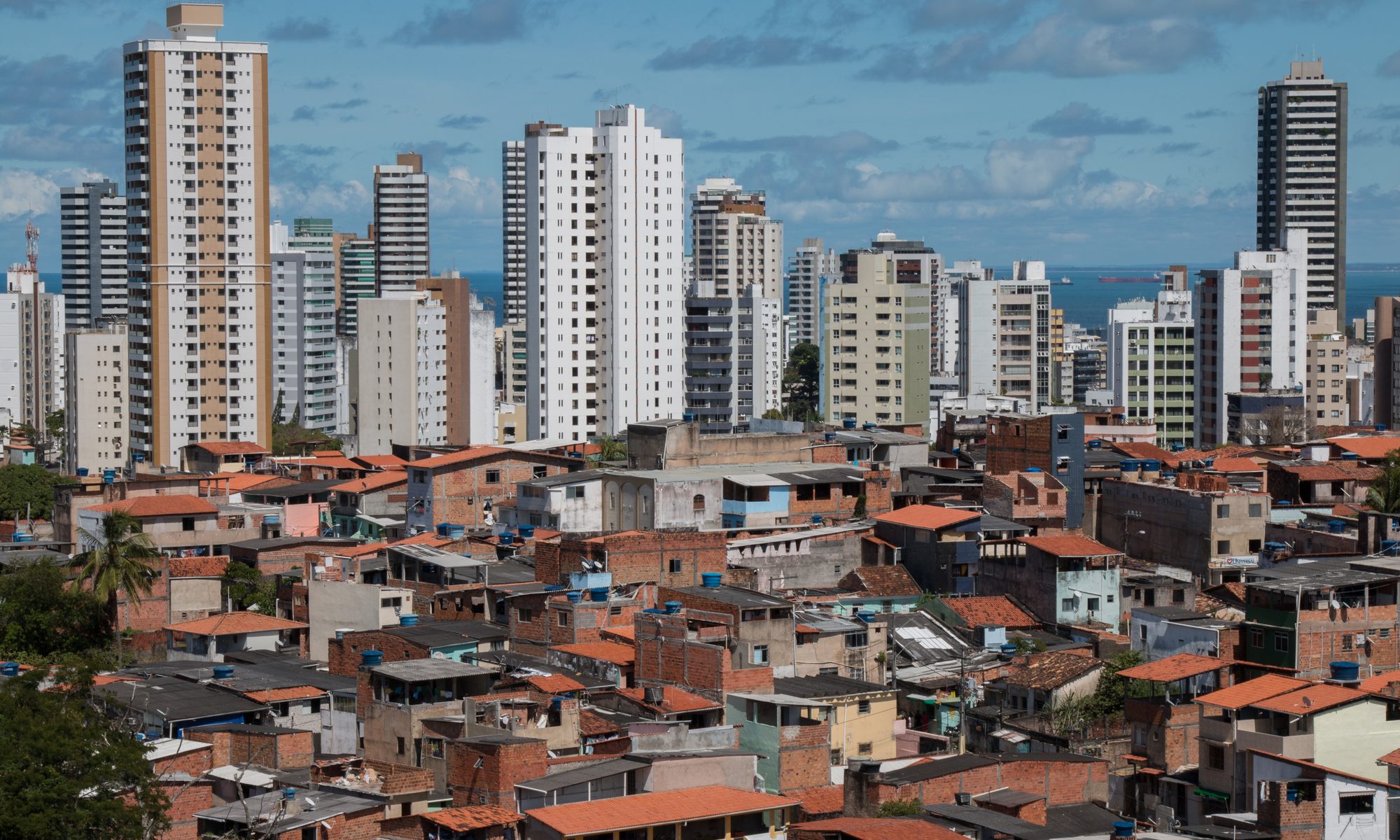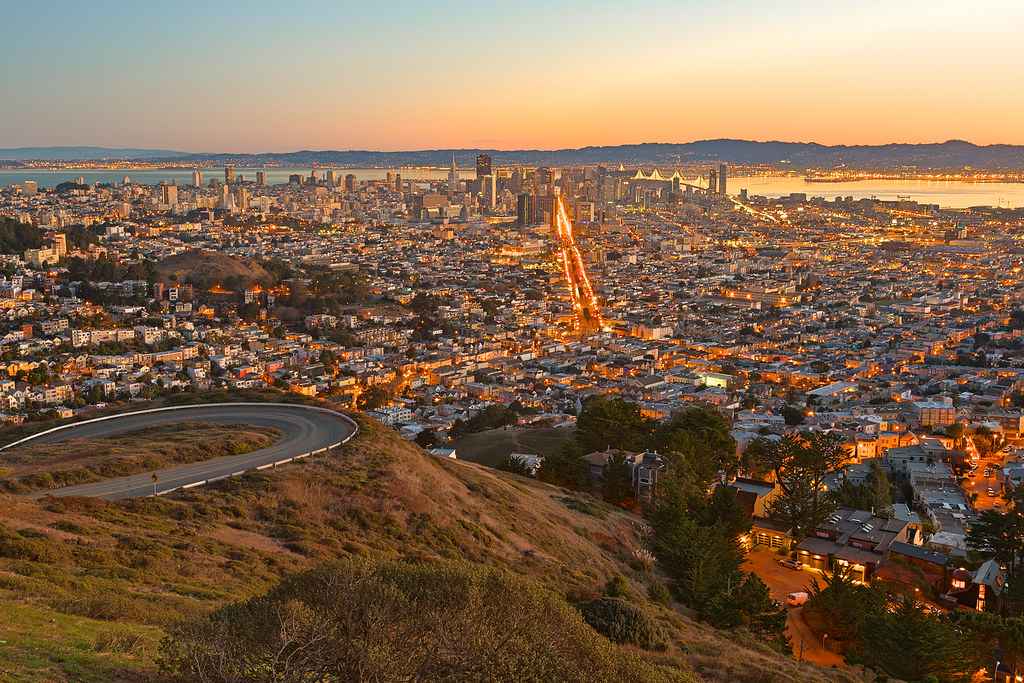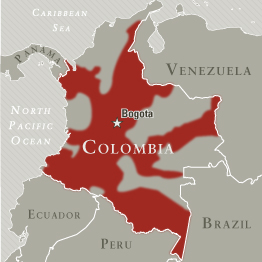Imagine a society where everyone is economically flourishing. Beyond the basic goods required for subsistence, individuals have access to a host of luxury goods and services as well. Opportunities currently only afforded to the upper middle class or wealthy, such as world travel, home ownership, and access to cutting-edge medical care, are accessible to all within this imaginary society. Despite this, there remains radical economic inequality. The top one percent of society’s earners have exponentially more financial resources than the rest of the population. However, the only material difference that results from this inequality is the capacity to own a multitude of vacation homes instead of one, the ability to space travel instead of merely to travel around the globe, and the ability to pass down greater amounts of wealth to one’s descendants.
For the purposes of this article, the salient point is not whether such a society is an actual economic possibility, but whether the kind of economic inequality present in this society constitutes an injustice. What gives many reason to suspect something has gone morally awry in societies with massive economic disparity is the suffering of the lower classes, including the inability of many to meet basic needs. It’s at least plausible that a society where everyone can fulfill both their basic needs as well as many of their wants, can tolerate significant disparity between the economically worst off and the best off without threatening any injustice.
Thus, let’s grant for the sake of argument that economic inequality, even radical inequality, is not intrinsically unjust. This simply means that a disproportionate economic distribution amongst individuals can be just. Do we still have reason to care about large-scale inequality, even in cases where the overall economic distribution is just? This article outlines a few reasons why we might still have strong reason to avoid severe economic inequality.
One such reason concerns the psychological impacts of economic inequality. Studies have shown that as the disparity between the top 1% and the rest of the population grows, there is also an increase in negative emotional experiences across the population. Additionally, the average person’s self-reported life satisfaction tends to decline in response to growing inequality. There are, of course, immense complications when trying to draw causal inferences at this scale. For instance, one outstanding theoretical question is whether it’s actual economic inequality that generates negative psychological consequences, or rather the mere perception of inequality that does this. Despite these kinds of ambiguities in the data, there remains significant evidence suggesting severe economic inequality comes with certain psychological and emotional costs that are worth further evaluation.
Another non-justice-based reason to care about economic inequality is due to its linkage with social trust. One way of glossing the notion of social trust is to say it involves the propensity of individuals to assume basically good intentions in other people, groups, and societal institutions. Social trust is an invaluable resource for political communities, as it engenders a number of benefits, including the promotion of governmental efficiency and improvements to public health. The very notion of democratic liberalism is at least partially constructed on the possibility of social trust amongst very diverse groups of people.
There is some evidence pointing to economic inequality as a detriment to social trust. At least within the context of the United States, there is particularly strong evidence that economic inequality causes those with less education and/or those who fall within the bottom third of earners to experience less social trust. Others cast doubt on this conclusion, arguing for a merely correlative relationship between rising inequality and declining social trust. For instance, perhaps it’s not inequality itself causing the decline in social trust, but it’s the fact that stark economic inequality frequently coexists with higher levels of governmental/legal corruption. This corruption causes a drop in social trust, which we then misattribute to inequality — or so the thought goes. As with the discussion of the psychological ramifications of inequality, drawing definitive causal connections between these kinds of metrics is complex, but there is at least some compelling evidence that rampant economic inequality and social trust are at odds.
Another reason one might object to extreme levels of economic inequality is due to its potential impacts on the very long-term future. This line of objection is a bit more philosophically dense than the previous two we’ve examined, but the basic thought goes something like this: The negative impacts of economic inequality might compound with time, resulting in an increase in certain existential risks. Such risks are those severe enough to threaten the continuation of humanity, including environmental disasters, global warfare, and the misapplication of AI.
To paint a clearer picture of how inequality might increase certain existential risks, we can consider a concrete example. There is some evidence suggesting that increases in inequality cause decreases in the quality of public institutions (e.g., institutions of higher education, governmental agencies, etc.). Such institutions are plausibly highly important in preventing certain existential risks, and thus we have strong reason to care about their quality. This gives us an indirect reason to prevent radical economic inequality. If the trend towards increasing inequality continues in particular societies, it is reasonable to think the damage done to institutions will only continue to aggregate, putting us at greater existential risk.
Whether or not radical economic inequality is intrinsically unjust, it seems we have significant reasons to care about it. Importantly, there may still be countervailing reasons to tolerate stark economic disparity (considerations of economic freedom, overall economic growth, national productivity, etc.). Thus, it is imperative that policy makers weigh the full array of pros and cons when it comes to permitting widespread economic inequality.




